America Goes to War
Americans like to think of World War II as a “great crusade,” but if it was, the country certainly didn’t seem all that fervent about rushing into it. Think of it: by the usual reckoning, World War II lasted six years, from the invasion of Poland on September 1, 1939, to Japan’s surrender on board the USS Missouri on September 2, 1945. US participation spanned less than four years of that total, a little over half the war. Of seven campaigning seasons, the United States missed the first three and was active only in the final four.
It wasn’t until 1940, when the Wehrmacht overran France and drove the British off the continent, that the United States began actively preparing for war. The country had made great strides, certainly. In September 1940, President Franklin Roosevelt signed the Selective Service Act into law, the first peacetime draft in US history. Some 16 million men registered for the draft that fall. By the end of 1940 there were 630,000 men in the army (13 divisions), and six months later (June 1941) there were 1,400,000 (36 divisions). The military budget for 1940, about $9 billion dollars, exceeded all the military budgets combined dating back to 1920.
As force levels exploded, big open-field maneuvers became possible for the first time. The field is where armies hone their craft, commanders learn to command, and soldiers learn to fight. Manuals and training help, but any officer will tell you that the best way to get ready for the real thing is to plunk down your formation in real terrain and let your personnel see how challenging even the simplest march or maneuver can be.
By the time the US Army gathered for its first great field maneuvers in the fall of 1941—in Arkansas in August, Louisiana in September, and the Carolinas in November—it was high time for a test. The war had been raging for two full years. Japan had already overrun much of China, and the Wehrmacht had smashed one opponent after another in Europe and was even then in the midst of the greatest land campaign of all time: the opening drive into the Soviet Union, Operation Barbarossa. World War II was racing to a climax, in other words, and not only had the United States missed out on the action, it remained to be seen if it would see any action at all.
In operational terms, all three of these great maneuvers featured a similar approach. It was one that would have been familiar to previous generations of US field commanders, especially Union generals in the Civil War. The Louisiana Maneuvers, for example, were essentially a teaching tool in battle management for an officer corps that had virtually overnight been tasked to lead mass armies in the field. “The field,” in this case, was the district bounded by the Sabine and Red Rivers to the west and east and the city of Shreveport to the north. In Phase 1 of the exercise, both sides were given offensive missions. Red 2nd Army (under Lieutenant General Ben Lear) would cross the Red River on September 15 and invade the Blue homeland. Blue 3rd Army (Lieutenant General Walter Krueger) would move north to intercept the invaders and drive the Red force back across the river. The Blue side was big, but ponderous; Red was smaller, but equipped with two tank formations (the 1st and 2nd Armored Divisions). Essentially, the mission for both sides amounted to a large-scale advance to contact, the most basic of all military maneuvers, but one perfectly suited for this brand-new army and its green commanders.
Lear soon found that even getting across the river was tougher than he expected. Due to limited bridging capacity, he had to send his 1st and 2nd Armored Divisions on a wide sweep north to cross the river at Shreveport and Coushatta. Krueger, meanwhile, spent the first two days of the maneuver carrying out a by-the-book advance by three corps abreast: VIII, IV, and V, moving from left to right (Map 1 above). On day three, he launched an assault on Lear’s VII Corps along the Red River, which, after a promising start, settled down into a slugging match rather than a dramatic breakthrough. His numbers were eventually decisive here, however, and Lear had to give ground (Map 2 below). The next day would see Lear’s armored divisions launch an assault on Krueger’s left, which, after a promising start, bogged down in the face of Blue’s antitank guns (Map 3 below). This was the situation by the afternoon of September 19 when the whistle blew ending Phase 1. Nothing revolutionary or shocking had taken place—this was operational art by way of U.S. Grant, a classic evocation of an American way of war—but again, it was probably just what this army needed the most.
And that is why Phase 2 is all the more shocking. Here, the young US Army would show a very different face, one that, perhaps, its enemies in the upcoming conflict should have noted more carefully.
Shreveport Under Siege
The opening round of the US Army’s Louisiana Maneuvers in 1941 was an exercise without a great deal of flash or excitement, but rather one designed to give a newly formed army some seasoning and a green officer corps some experience in maneuvering large formations in the field.
After four days to separate the armies, reorganize them, and return them to their start-lines, Phase 2 of the Louisiana maneuvers began. This time, the Blue Army (Lieutenant General Walter Krueger) was both twice as large as Red (Lieutenant General Ben Lear) and equipped with its own armored division, the 2nd, which had switched sides since Phase 1. Blue’s mission was advance upon and seize Shreveport, Louisiana. Krueger’s able chief of staff, Colonel Dwight D. Eisenhower, decided to send his armor on a wide sweep across the Sabine River to drive round Red’s western flank, break into the rear, and attack Shreveport from the north. The Red force was much smaller and tasked largely with positional defense for a 100-mile zone south of the city. Lear decided on a slow retreat, accompanied by massive demolitions that would slow down the pace of Blue’s advance.
Business as usual so far, but we need to introduce another factor into the equation. Some of you have no doubt read Malcolm Gladwell’s 2008 book Outliers. In science, “outliers” are anomalous events that cannot be described by theory. Gladwell believes that there are people we can consider outliers, “men and women who, for one reason or another, are so accomplished and so extraordinary and so outside of ordinary experience that they are as puzzling to the rest of us as a cold day in August.” Gladwell argues that every organization has its outliers, and that successful ones know how to use them and put their talents to good use. Indeed, this phase of the maneuvers would feature one of the greatest outliers in US military history. Commanding Blue 2nd Armored Division on its great ride west would be none other than “Mr. Outlier” himself, Major General George S. Patton Jr.
Patton showed his flair for maneuver by launching his division on a top-speed, three-day, nearly 400-mile end run into Texas, passing through Woodville, Nacogdoches, and Henderson and slashing into the rear of the Red position (see Map 4 above). By the end of the maneuver on September 29, he had fought his way to the outskirts of Shreveport , and one of his reconnaissance battalions had actually overrun Barskdale airport, the headquarters and principal base of Red’s 2nd Air Task Force, and taking the entire staff prisoner. The Red command seemed paralyzed by the threat, and in fact Lear would protest that Patton had taken his division outside of the legal maneuver area. According to one biographer, Patton came back with a snarky “I am unaware of the existence of any rules in war.” During his ride through Texas, he had actually supplied himself through purchases made from local gas stations along the route (rather than the approved five-gallon “jerry can” then in official use, hundreds of which were needed to fuel an armored unit).
Patton emerged from Louisiana one of the army’s rising stars, and would be heard from again. Indeed, the maneuvers determined the cohort of field commanders who would fight the war in Europe. Of the 42 divisional, corps, and army commanders who took part in the fall exercises, US Army Chief of Staff General George C. Marshall would relieve or push aside 31 to make way for younger officers. It had taken a while, and it was just in time, but the US Army was getting ready to rumble.
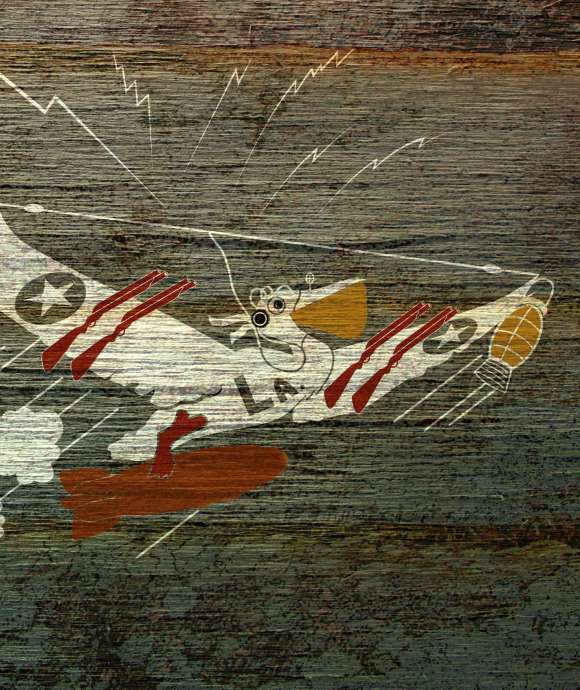
The Pelican State Goes To War
Learn more about the Louisiana Maneuvers in The Pelican State Goes To War: Louisiana In World War II.
The Louisiana Maneuvers were indeed a reflection of a US “way of war” as it had evolved over a century and a half. It was an army that preferred the broad-front advance to the single-axis penetration. It ground you down, it didn’t slice you up. And yet, it also had its share of “outliers,” freethinkers who didn’t mind tearing up the rule book. Finally, the maneuvers showed that there was one thing this army could do, something that it would prove again and again in the European theater of operations: if it found a seam, some operational elbow room, it could move like lightning. You took your eyes off the US Army at your own risk. It was something that the Wehrmacht would have to discover, but might already have known if it had paid any attention at all to the Louisiana Maneuvers.
Robert Citino, PhD
Robert Citino, PhD, is the former Samuel Zemurray Stone Senior Historian in the Jenny Craig Institute for the Study of War and Democracy.
Cite this article:
MLA Citation:
APA Citation:
Chicago Style Citation:
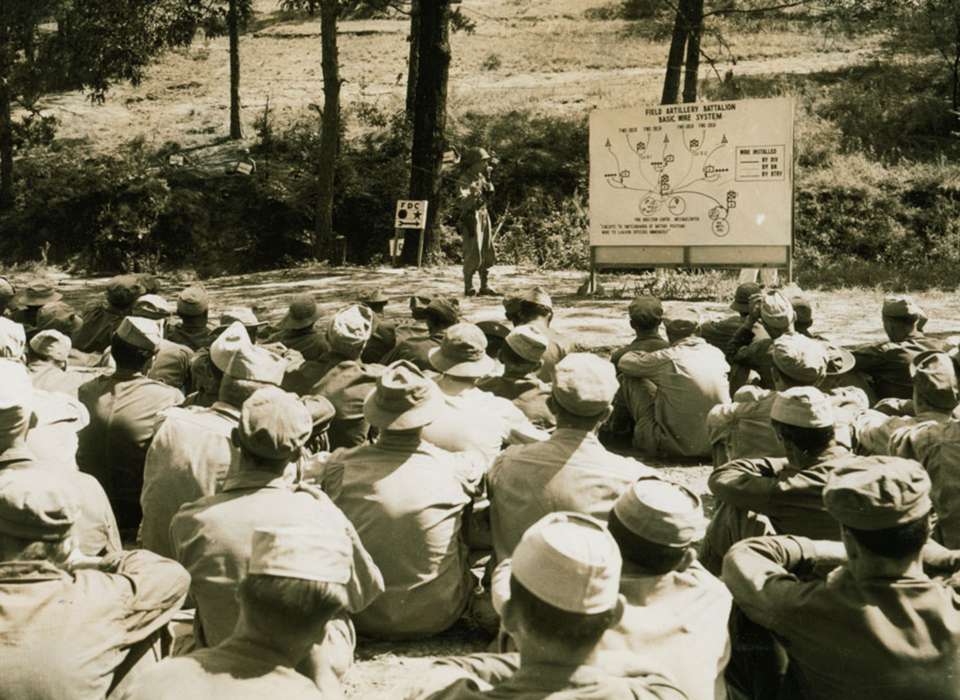
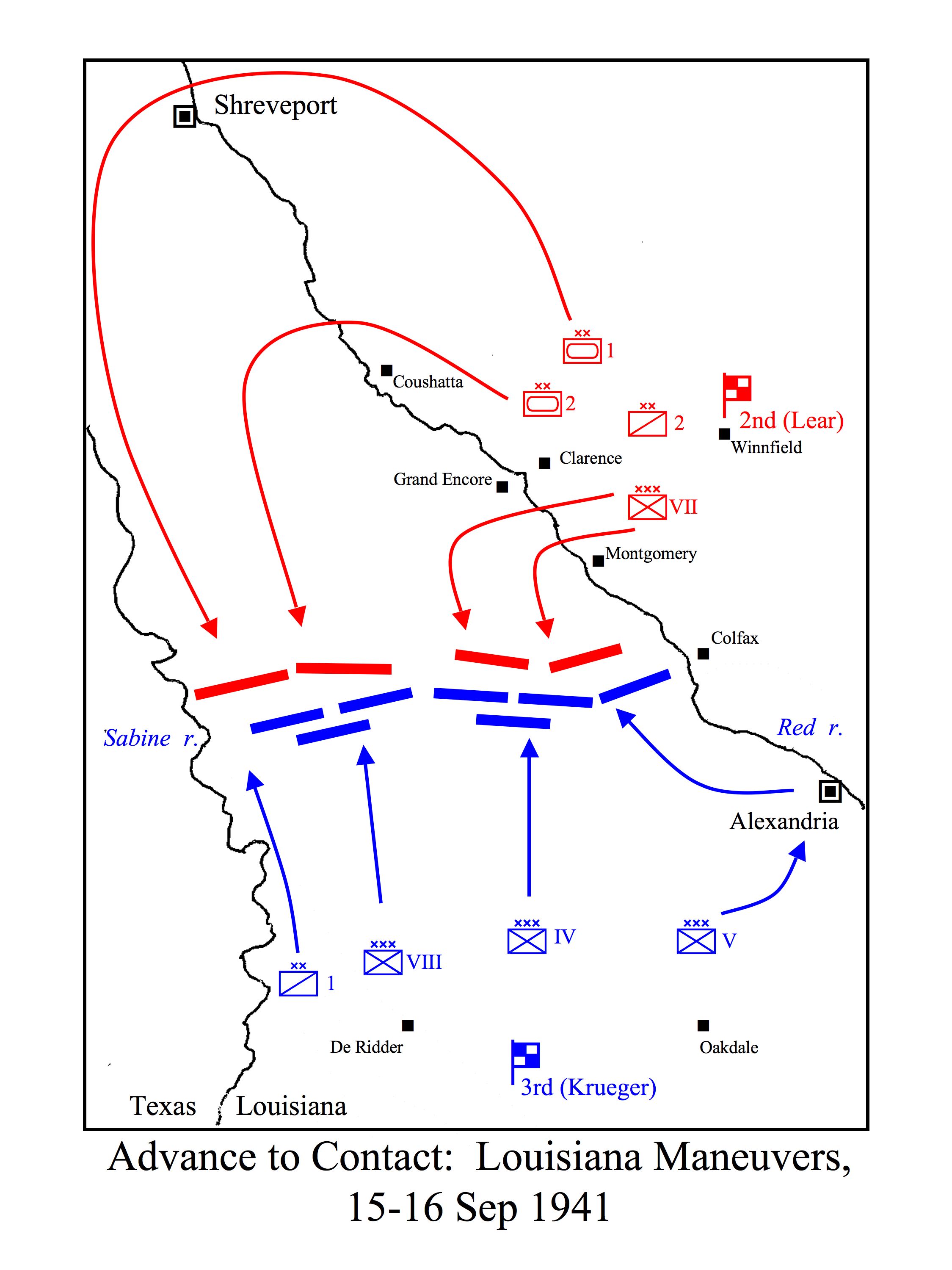
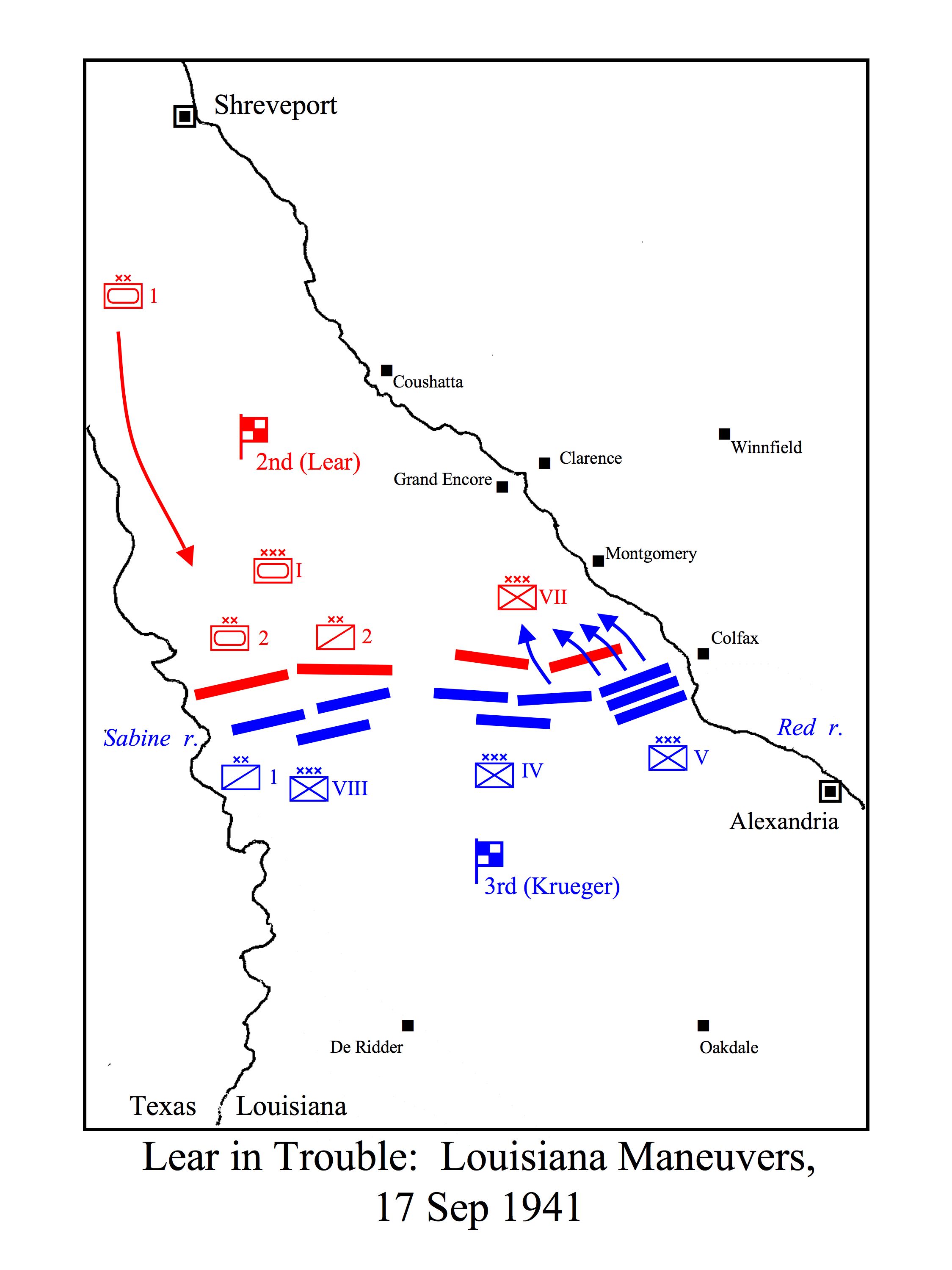
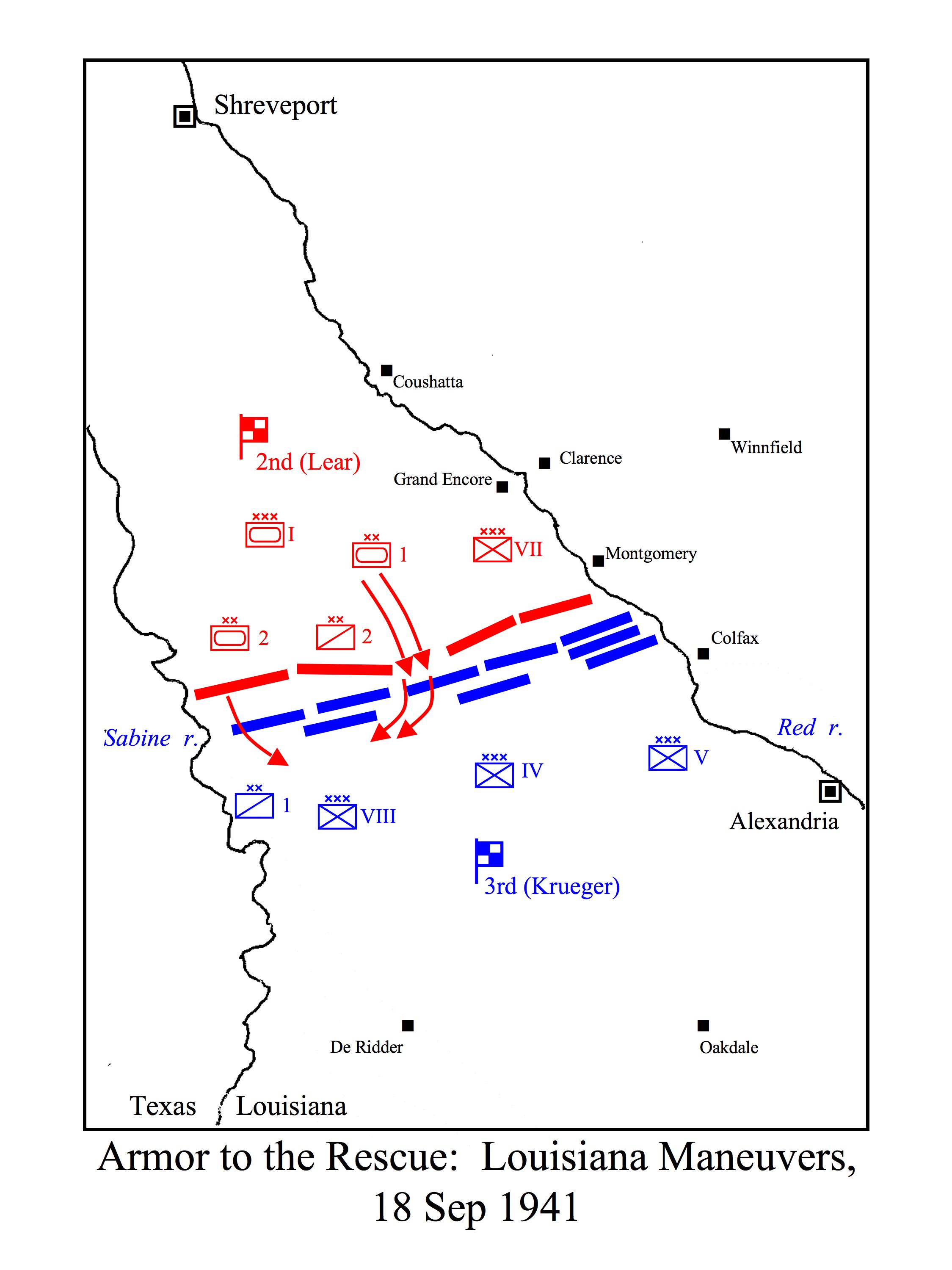
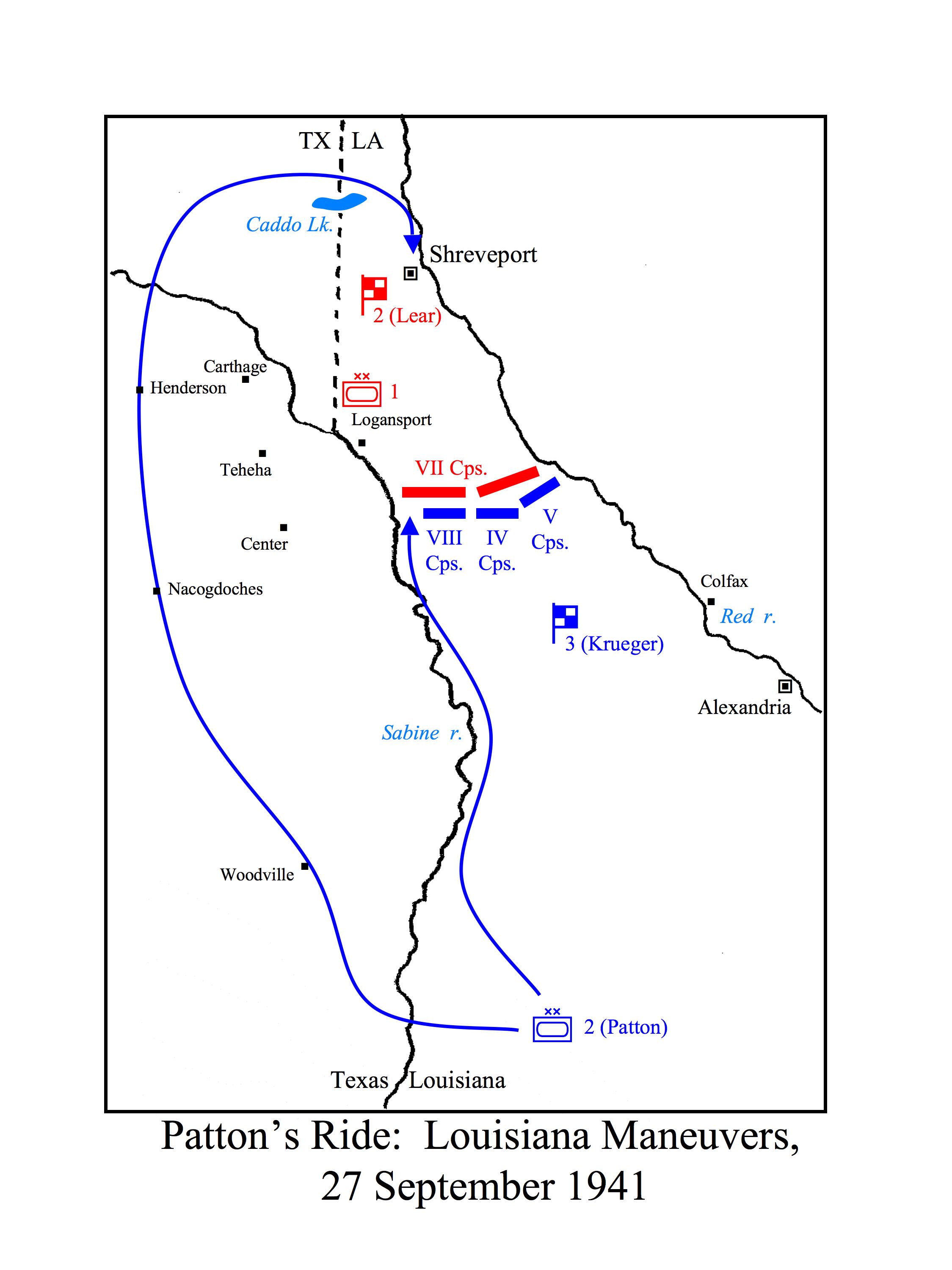





![Max Fuchs, New York City cantor, sings as Rabbi Sydney [sic] Lefkowitz, Richmond, VA, conducts the first Jewish services from Germany.](/sites/default/files/styles/max_650x650/public/2025-10/image1.jpg)


